If you're serious about building a bigger, stronger chest, the difference lies not in how many exercises you do—but in how and why you do them. Whether your goal is to push heavier weight, fill out your shirt sleeves, or bring balanced development to your upper body, the right chest workout for mass and strength will focus on progressive overload, full-range movements, and smart programming. Here's a guide based on time-tested training strategies, grounded in both science and real gym-floor experience.
1. Why Training for Mass and Strength Is Different—and Better
Many lifters separate their routines: heavy lifting for strength, high reps for hypertrophy. But in reality, combining both in a single chest routine creates a powerful synergy. Training for strength recruits more muscle fibers and builds a solid foundation. Training for size fills those fibers out with volume and metabolic stress.
When designed properly, a chest workout for strength and mass doesn’t just hit the pecs hard—it also recruits the shoulders and triceps, and challenges your stabilizers to grow as well.
2. Foundational Mass Chest Workout Routine
Frequency: 1–2 times per week
Rest Between Sets: 2–3 minutes for heavy sets, 60–90 seconds for hypertrophy sets
Warm-Up: 5–10 minutes of dynamic shoulder and chest activation drills
Workout Structure: Push with Purpose
-
Barbell Bench Press – 4 sets of 5–6 reps
Heavy compound lift to prime your nervous system and build raw strength. Lower under control, explode up with intent. -
Incline Dumbbell Press – 3 sets of 8–10 reps
Focus on the upper chest with a slightly lighter weight. A full stretch at the bottom and controlled tempo delivers growth. -
Weighted Dips (Chest Lean) – 3 sets to failure or 8–12 reps
Lean forward and let your chest take the brunt of the load. This is a beast of a mass builder if done right. -
Machine Chest Press or Hammer Strength Press – 3 sets of 10–12 reps
Machines allow you to isolate and overload safely, especially when fatigue sets in. -
Cable or Pec Deck Flys – 3 sets of 12–15 reps + drop set on final set
Time under tension is the goal here. Get a strong contraction and slow eccentric.
3. Technique Tips to Maximize Gains
-
Pause Reps: Use a 1–2 second pause at the bottom of the bench press to remove elastic energy and force pure muscular effort.
-
Controlled Eccentrics: Lower the weight over 2–3 seconds to increase muscle damage and time under tension.
-
Mind-Muscle Connection: Especially on flys and dumbbell presses, focus on feeling your chest contract with each rep.
4. Real-World Results: What Changed My Chest
In my earlier training days, I benched often, thinking volume alone would grow my chest. But it wasn't until I split my workout into strength-heavy lifts followed by focused hypertrophy work that real progress happened.
One turning point came when I stopped chasing PRs every week and instead focused on progressive consistency. For six months, I trained chest twice per week—once heavy, once volume-focused. My pressing strength went up, and so did my chest thickness, especially across the upper chest where I had previously lacked development.
It wasn’t fancy, but it worked because it was deliberate.
5. Recovery and Nutrition: Don’t Miss the Other Half
A chest workout routine for mass and strength is only half the story. Without adequate recovery—sleep, calories, and protein—you’ll be spinning your wheels. Aim for:
-
At least 7 hours of sleep per night
-
A protein intake of 0.8–1g per pound of body weight
-
A small caloric surplus if size is your priority
6. Final Word: Stay Consistent, Stay Hungry
Building a powerful chest isn’t about chasing trends—it’s about execution. Stick to your chest routine for at least 8–12 weeks before making major changes. Track your lifts, stay honest with your form, and adjust volume or frequency only as needed.
Whether you're chasing size, strength, or both—these principles will keep you on track and pressing past plateaus.








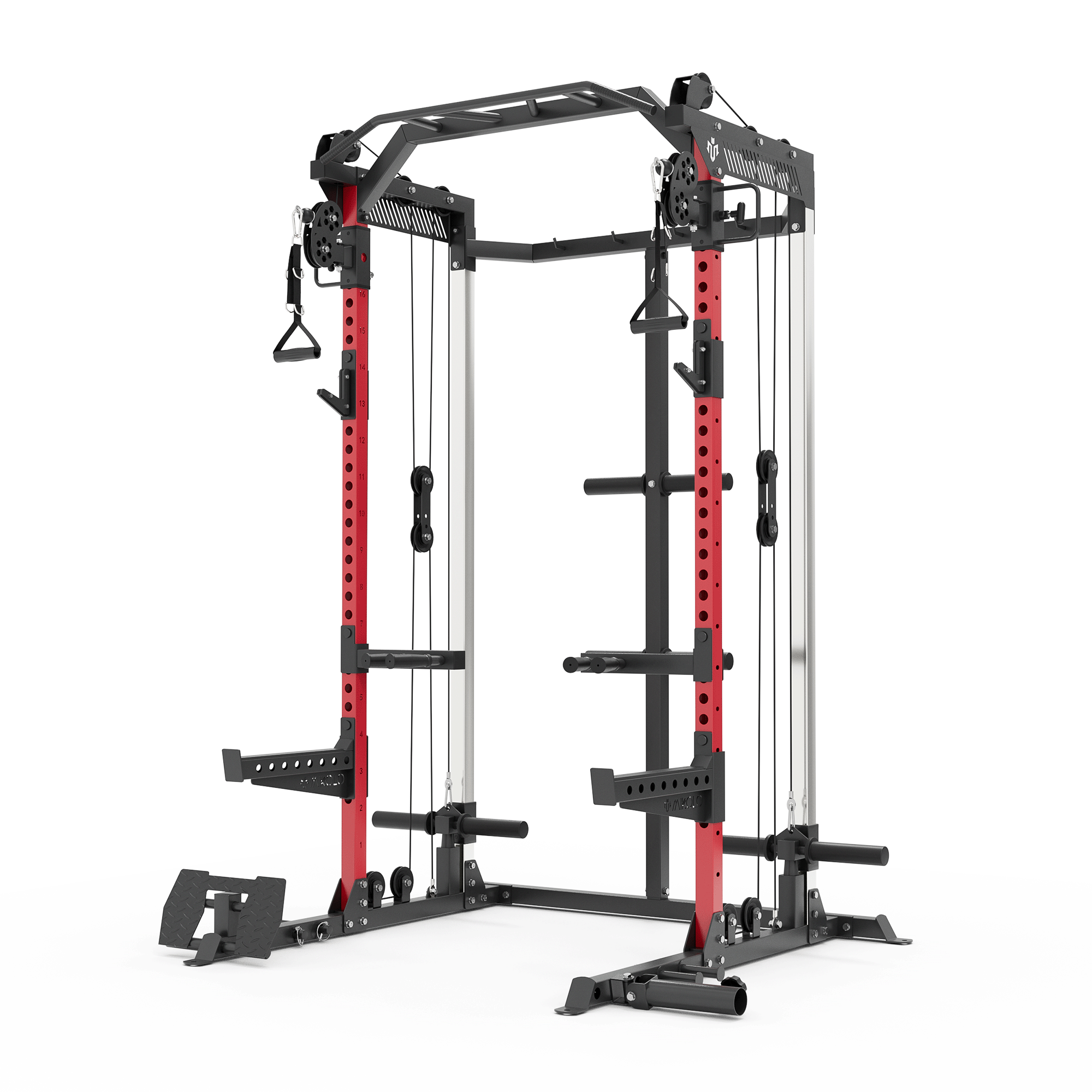







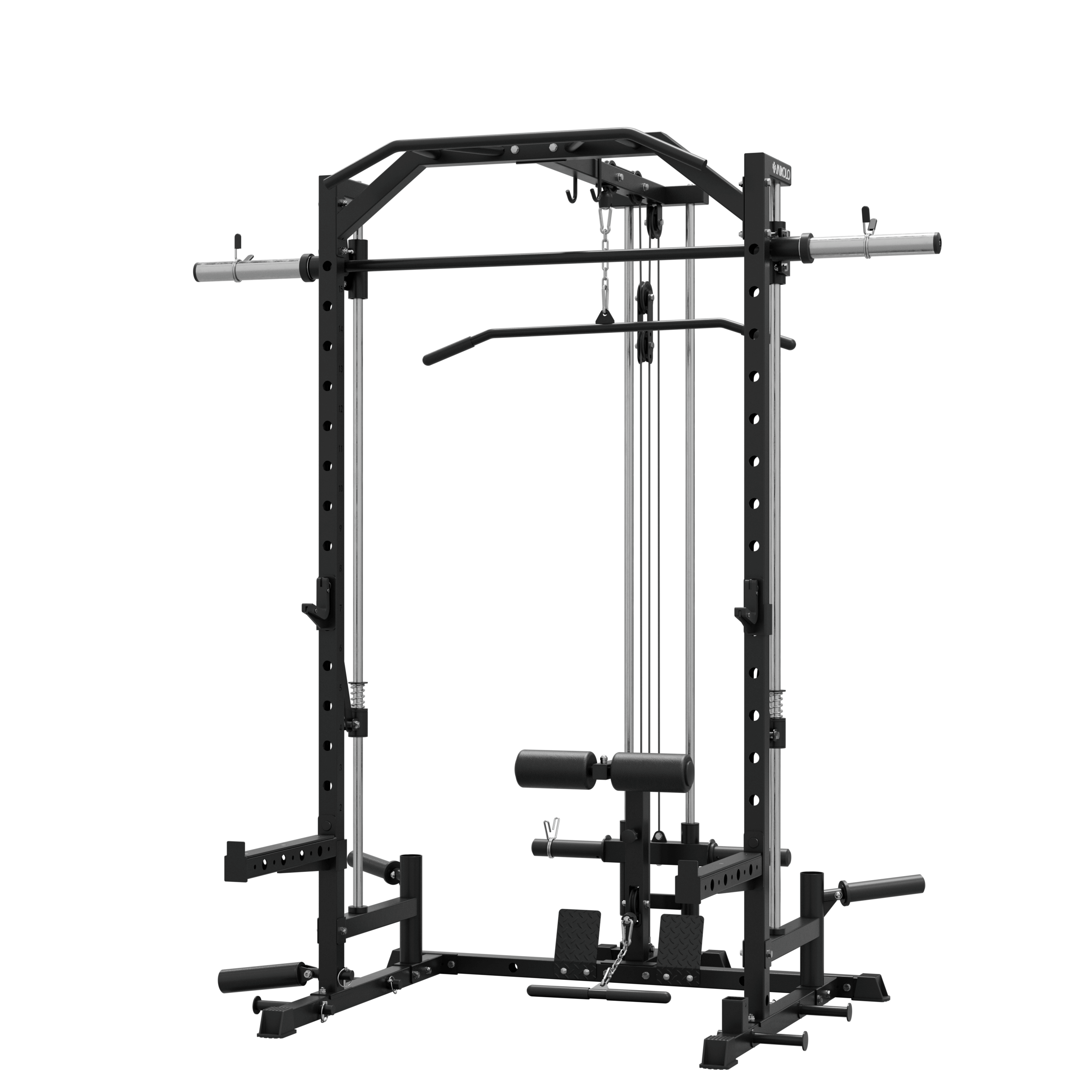

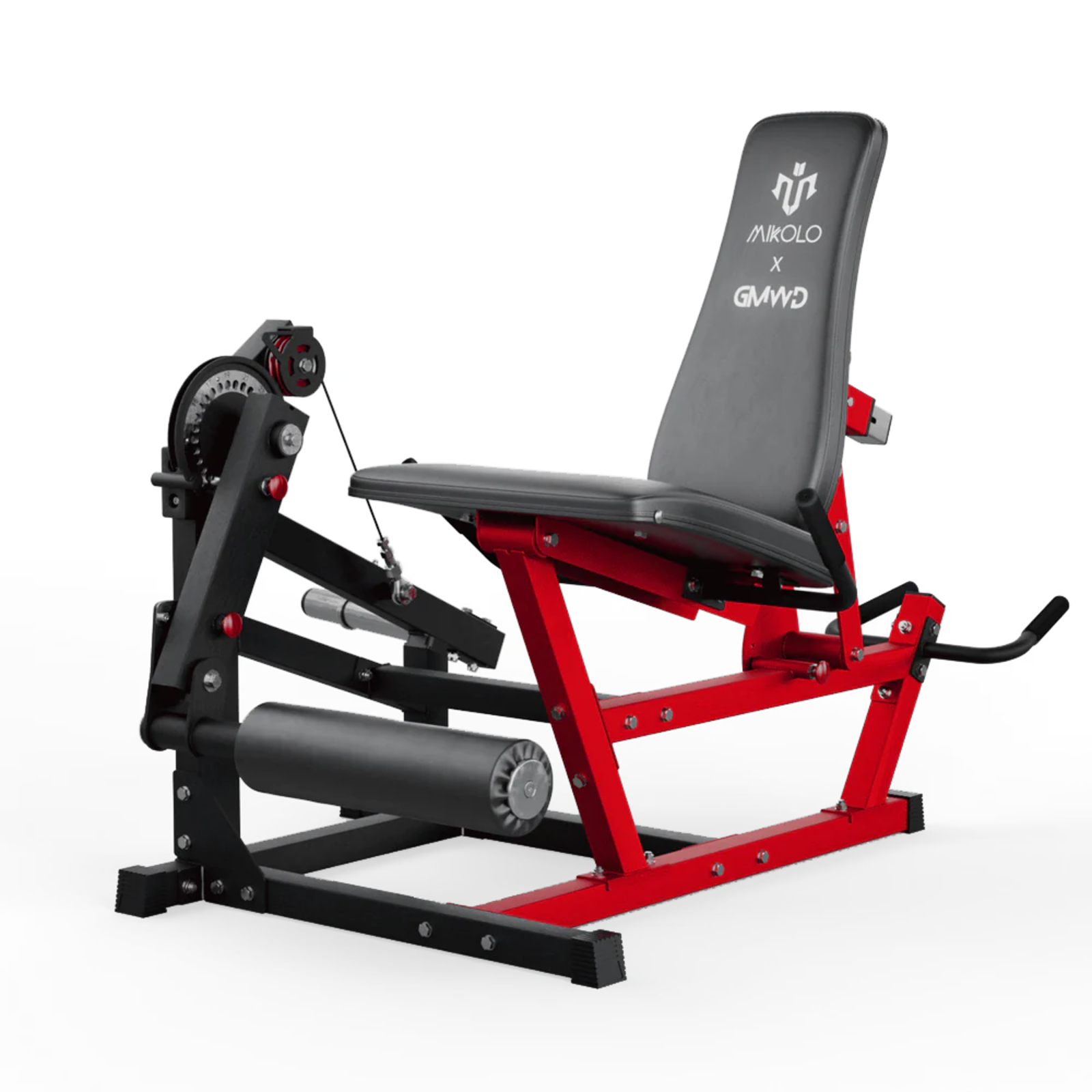









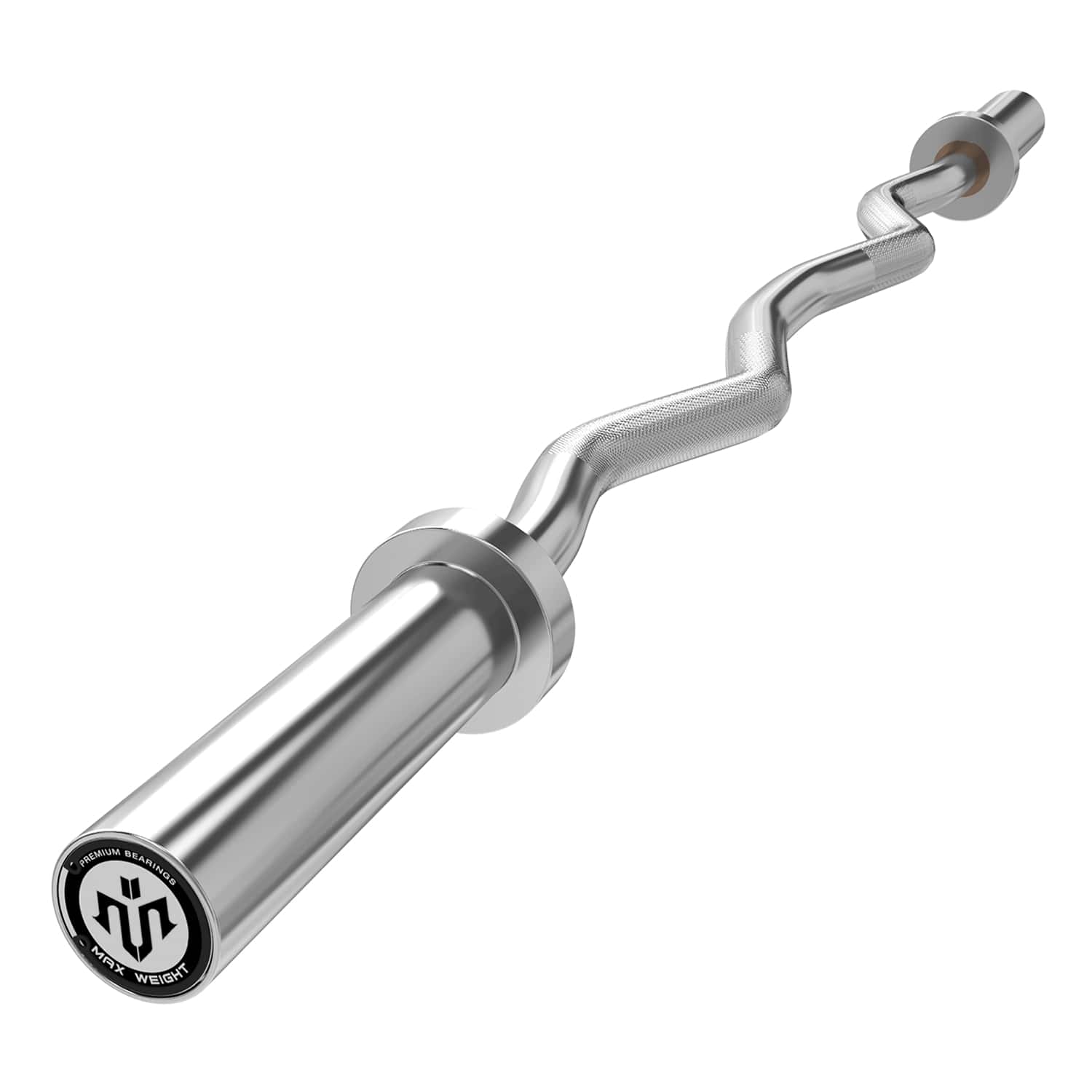


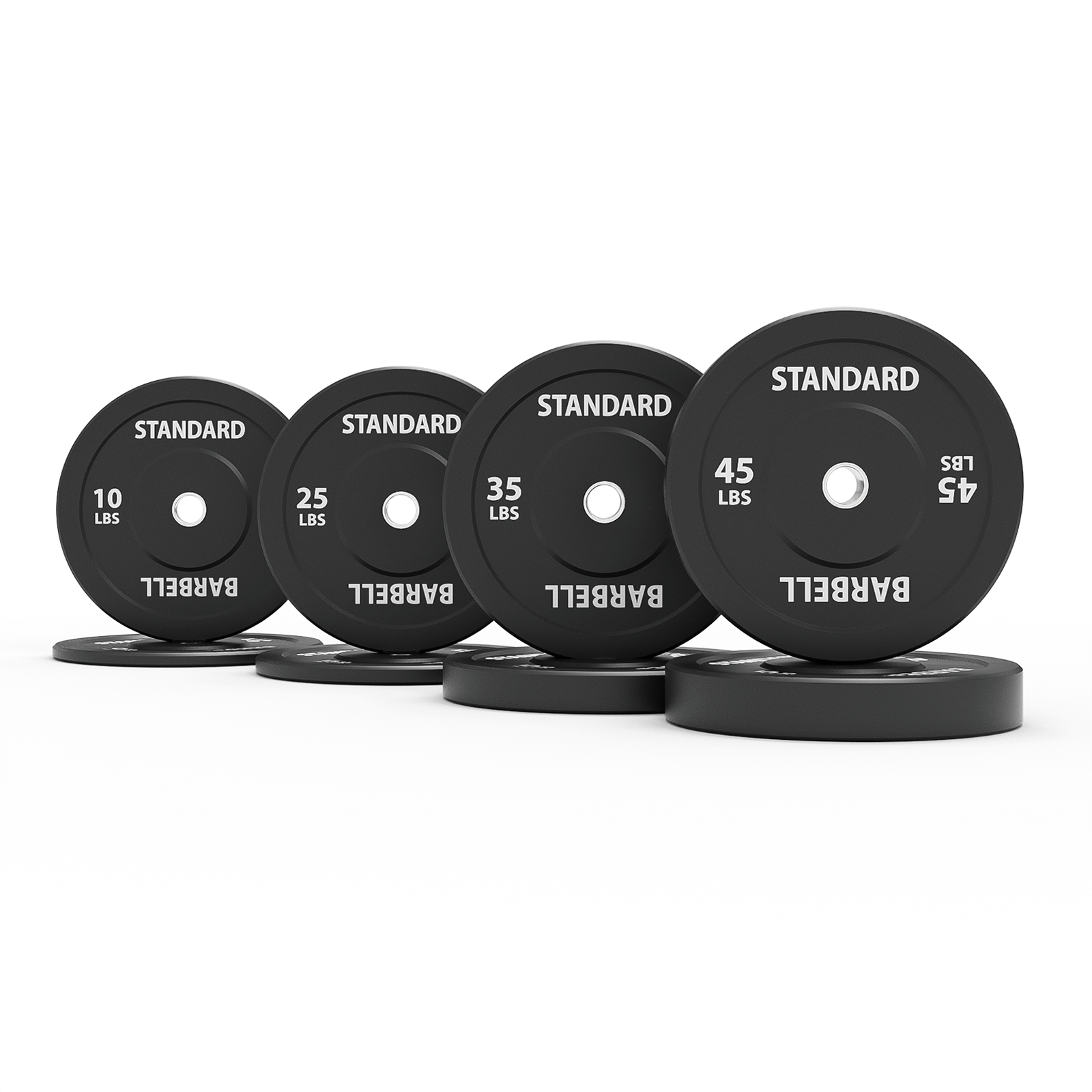
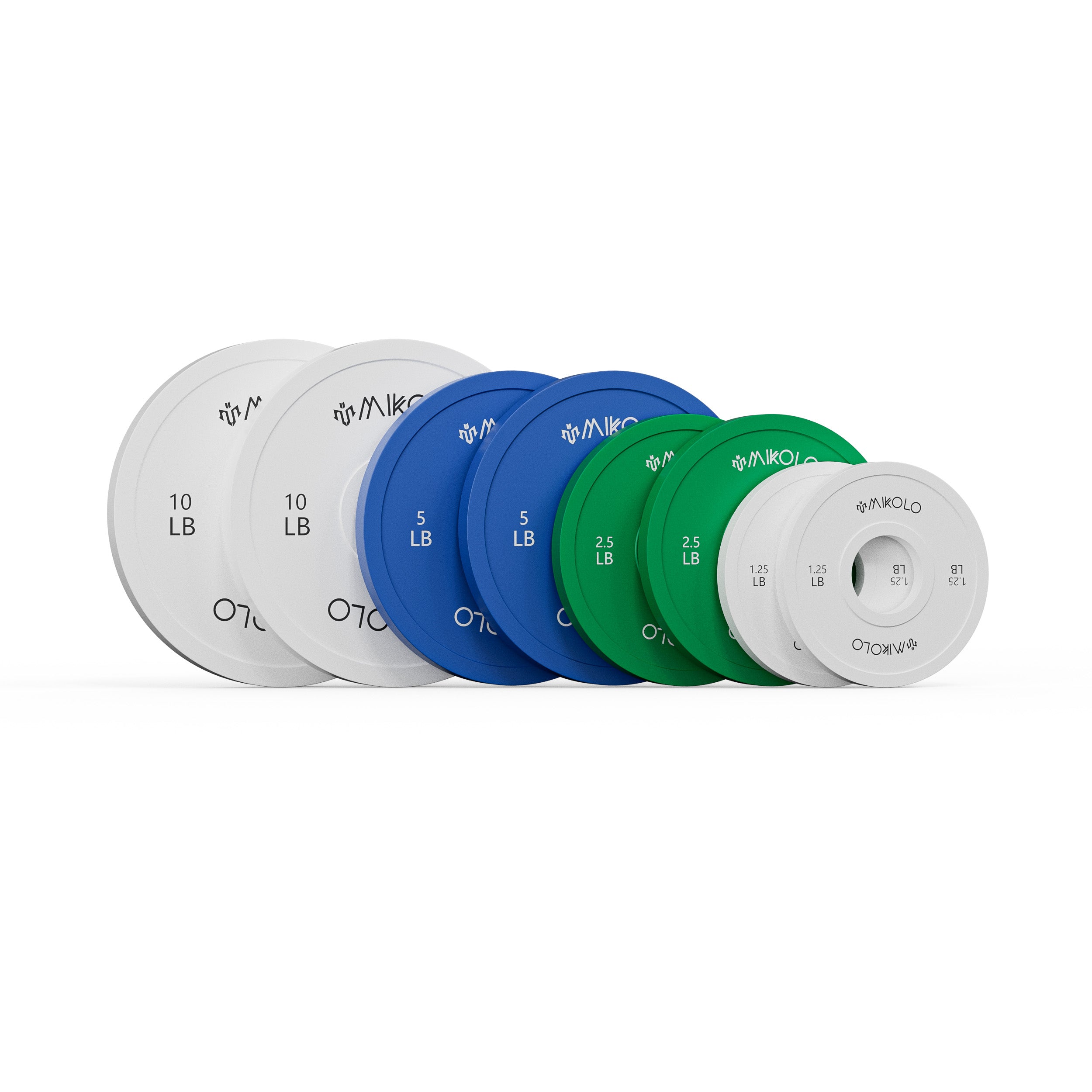



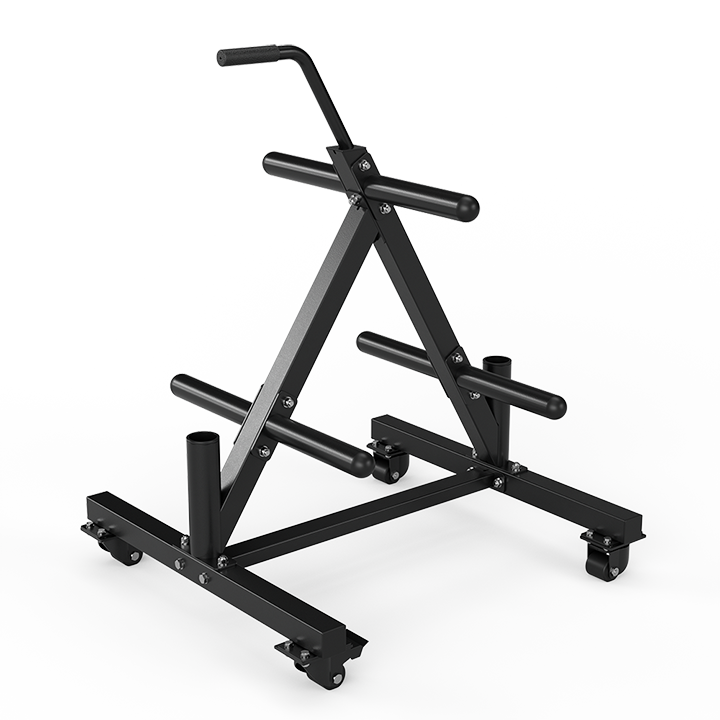





Leave a comment
This site is protected by hCaptcha and the hCaptcha Privacy Policy and Terms of Service apply.